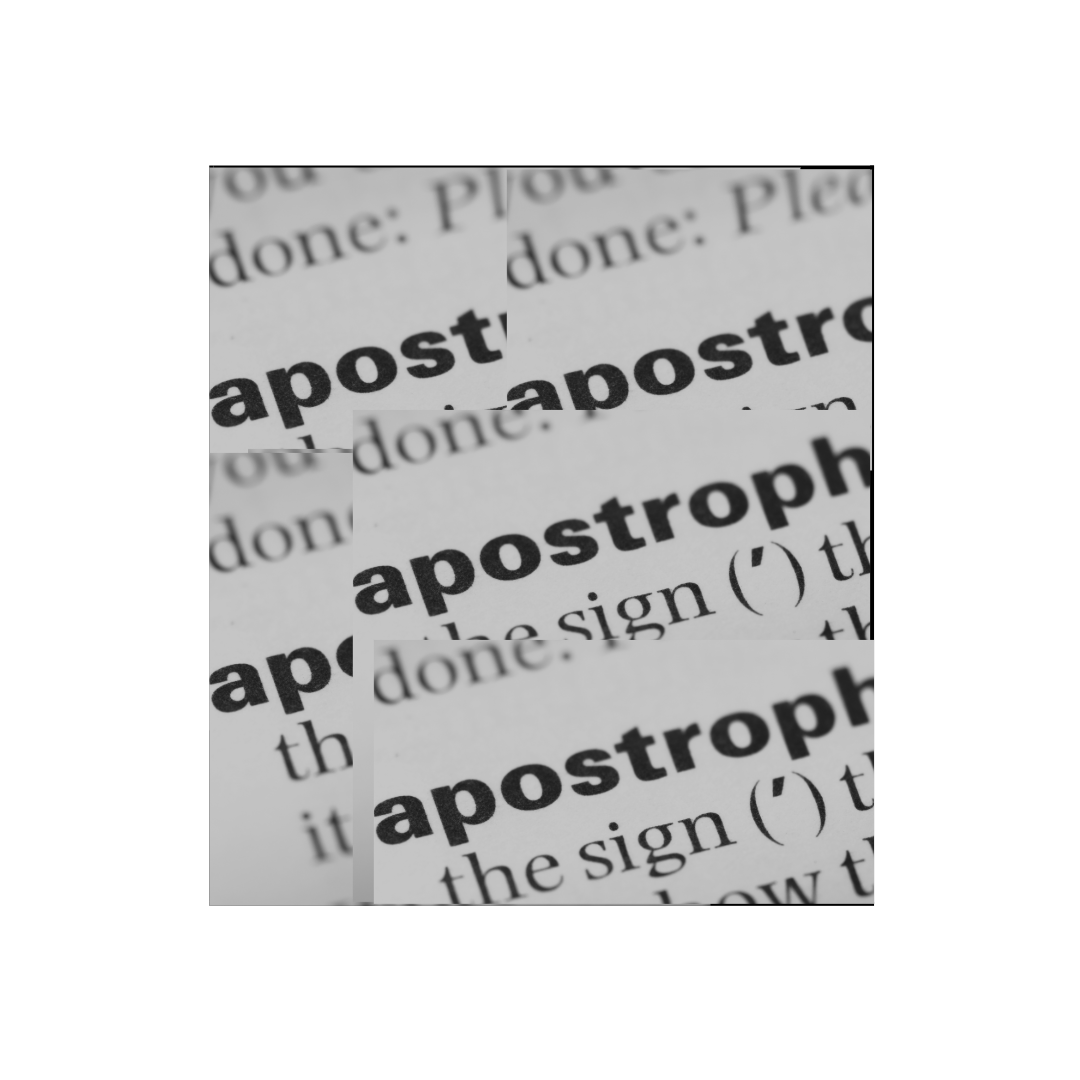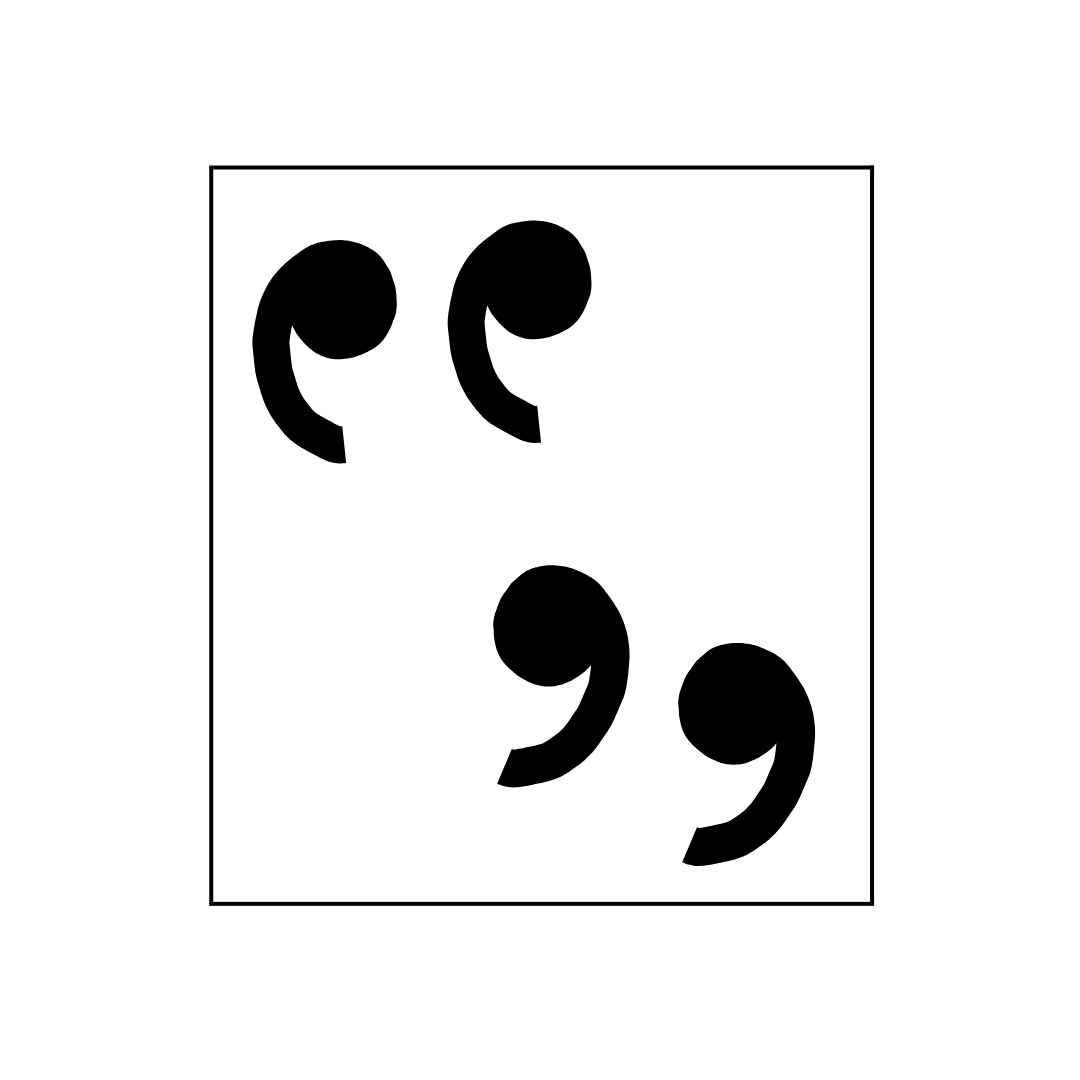Semicolon
Semicolon
The semicolon has two main functions. The first is in place of a conjunction, linking two main clauses together when they are too closely linked to become separate sentences.
compare:
Mum kept glancing at the shopping list; she needed to remind herself what we needed to buy.
to:
Mum kept glancing at the shopping list. She needed to remind herself what we needed to buy.
Note that the second example has a stronger separation between Mum glancing at the shopping list and the need to remind herself of what needs to be bought.
The second function of the semicolon separates items in a list when an item has its own internal comma.
Mum grabbed onions, carrots, capsicum; avocadoes, which she squeezed for ripeness; mushrooms and broccoli.





